What Are Evaporative Coolers? Here’s Everything You Need to Know
Looking for a way to beat the heat? If you don’t have a central air conditioning system in your home — or if you do but are researching more environmentally friendly or affordable options — you might be wondering if evaporative coolers are right for you.
The answer is … it depends.
Understanding how evaporative coolers work is a crucial part of figuring out if one will work well in your home. If you’re new to evaporative cooling, there’s a lot to learn. Here’s everything you need to know about how evaporative coolers work — and how to decide if you should invest in one.
What Are Evaporative Coolers?
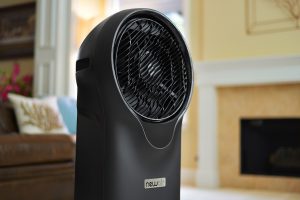
An evaporative air cooler is a type of air conditioner that works by harnessing the power of evaporation to cool air temperatures. When water evaporates, it turns from liquid to gas. As it does so, the highest-energy particles leave the water first, and this leads to a drop in temperature. This is why a moist cloth on your forehead feels good on a hot day — it’s actually helping to lower your head’s temperature as the water evaporates.
The same scientific principles apply to the evaporative cooling process when it comes to your home’s air. In a dry environment, the simple process of evaporation can help lower the temperature of the air. You may have felt this for yourself if you’ve ever misted the air around you to feel cooler on a hot summer day. An evaporative air conditioner uses the same idea, but it adds technology to make the process more efficient — and less messy — than just spraying a room with water and hoping for the best.
How do Evaporative Coolers Work?
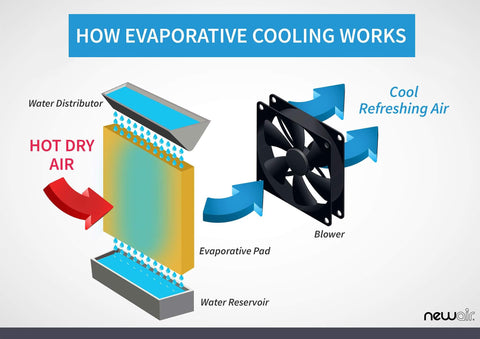
An evaporative cooling system takes basic evaporation and automates it to efficiently lower the temperature of the air in your home. In general, the machine will consist of a fan, a thick pad, a water reservoir and some additional controls for fine-tuning the results. The fan draws dry, hot air into the machine and across the cooler pads. These thick pads absorb water from the reservoir and have many layers to increase the surface area. As the hot air crosses the pad, the water molecules on the surface evaporate, which causes the air temperature inside the cooler to drop — often by as much as 20 degrees. The fan then blows that cold air into your room, where you can enjoy the chill on a hot day.
Evaporative coolers can have other useful parts built into them as well. Many utilize air filters and pads that are designed to improve air quality by reducing allergens and minimizing mildew growth — an important consideration for anyone with allergies or other respiratory concerns. A water pump, while not strictly necessary, can streamline the absorption into the cooling pad. Some models offer the option of adding an ice pack to further cool the air the fan blows out into the room. Varying fan speeds, oscillating functions and a remote control are also useful features.
A Note About Swamp Coolers
The terms “evaporative cooler” and “swamp cooler” are often used interchangeably, and a swamp cooler works thanks to the same science of evaporation. No one’s really sure where the name comes from, but evaporative “swamp coolers” are just a colloquial expression for a standard evaporative cooler. If there’s any difference, it perhaps lies in the size. A swamp cooler is often a term reserved for a whole-house evaporative air conditioning unit, while evaporative coolers can be any size — including compact, portable evaporative coolers.
Permanent swamp coolers are large units designed to cool a whole house. These systems generally use several large water pads and pump a constant supply of water to them from your home’s main water line. Cool air flows down from roof-mounted systems, or it can be piped through ductwork to be directed to any location you like.
Advantages of Evaporative Coolers
Evaporative coolers have two major advantages over traditional air conditioners: energy efficiency and sustainability. Both are due to the fact that evaporative coolers use far less electricity to operate; in fact, a standard air conditioner can use up to seven times as many watts of electricity. This is because, in general, evaporative coolers only need to run the fan that draws airflow over the cooling pad. Standard air conditioning systems, on the other hand, rely on a compressor to press liquid refrigerant into a smaller space and then move it across a heat exchanger to pull heat out of the air. This process requires a great deal of electricity to accomplish, in addition to the fan that send cold air out into the room.
Using less electricity with an evaporative cooler means lowering your carbon footprint as well as paying less on your utility bills. It should also be noted that evaporative coolers use only water and no chemical refrigerants, which are harmful to the ozone layer.
Low Relative Humidity: The Secret to Success
If everything that you’ve read so far about evaporative coolers sounds great, there’s one more thing to know before you go all-in on using these in your home: Evaporative coolers work best in dry climates.
This makes sense, of course, when you pause to break down how they work. Because these coolers depend on water being able to evaporate into the atmosphere, having a house full of dry air makes this process much more efficient. The water molecules can separate and float off into dry air much more easily than they can into humid air, which is already pretty saturated with water. Think of it as needing “space” in the air to hold all that water.
In the United States, evaporative coolers are most effective in the Southwest, including the California desert, Arizona, New Mexico, Utah, and parts of Texas and Colorado. In these arid locations, water will evaporate quickly and cool your air well.
The other reason that evaporative coolers are better in the Southwest than in other regions is because using them actually boosts the humidity level in your home. As the water evaporates , it leaves the cooler and stays in the air in your home. If you live in the desert, this can be a real bonus for helping you stay hydrated and to keep your skin in good shape.


In humid climates, however, this could be a deal breaker. (See When Should You Buy an Evaporative Cooler? Know Your Humidity Levels)
To understand why, consider how your body feels on a muggy day. When you are hot, your body sweats to cool you naturally through the process of evaporation (your sweat evaporates into the air and cools you). On humid days, your sweat can’t evaporate, and this is why you feel so miserable and hot.
The same thing happens with an evaporative cooler in a humid region: It pumps more moisture into the air, making it even more humid — and less likely that water will evaporate and make you feel cool.
The bottom line? If you plan to use an evaporative cooler effectively, make sure you live in a reliably dry environment.
Tips to Get the Most Out of Your Evaporative Cooler
Because evaporative coolers work differently than standard air conditioning units, you’ll need to rethink how you operate them to get the most efficient cooling. Try these tips for the coolest, most comfortable air possible:
Open the Windows
Unlike standard A/C in which you try to keep your home tightly sealed to keep cold air in, evaporative coolers require a steady stream of fresh air. An open window near the intake fan allows dry, warm air to drawn into the cooler for quick evaporation. Open windows also allow the humidified air stream from the cooler to escape so your home doesn’t feel too clammy. It can take practice to learn how far to crack your windows for optimal comfort, so feel free to experiment with the indoor air until you’re happy.
Refresh the Water Supply
If you don’t use your cooler for an extended period, be sure to empty and clean the reservoir to avoid the growth of mold and mildew in wet areas. This will keep your evaporative cooler functioning well and your air quality clean.
Size Your Cooler Correctly
Before you buy, make sure to check the recommended square fee that the cooler covers and measure your room to size the cooler appropriately. You may need more than one cooler for a very large space, or you could find that simply aiming the fan where you’re sitting provides enough of a temperature drop for comfort.
Skip the Ice
Unless your cooler is designed specifically with an ice pack for its reservoir, adding ice to the water can actually slow down the evaporation process and leave you feeling less cool. It’s counterintuitive, but water needs to heat up a bit to evaporate, so adding ice to your cooler and keep it from working its best.
Choosing a Portable Evaporative Cooler

A portable evaporative cooler is a great way to see if evaporative cooling will work in your home without making a big investment upfront. Portable coolers come with wheels to easily move them from room to room for a little extra chilling exactly where you need it. You can also use these outside as long as you can reach an outlet to plug them in. This makes portable evaporative coolers welcome accessories to a picnic, pool party or any other outdoor gathering where people would appreciate a cool breeze. They still work best in dry places, but you won’t have to worry about any special venting (as with portable air conditioners) or humidity build-up (as with indoor evaporative cooler use). If you’re interested in experimenting to see what evaporative coolers are all about, a portable version is a fine way to get started.


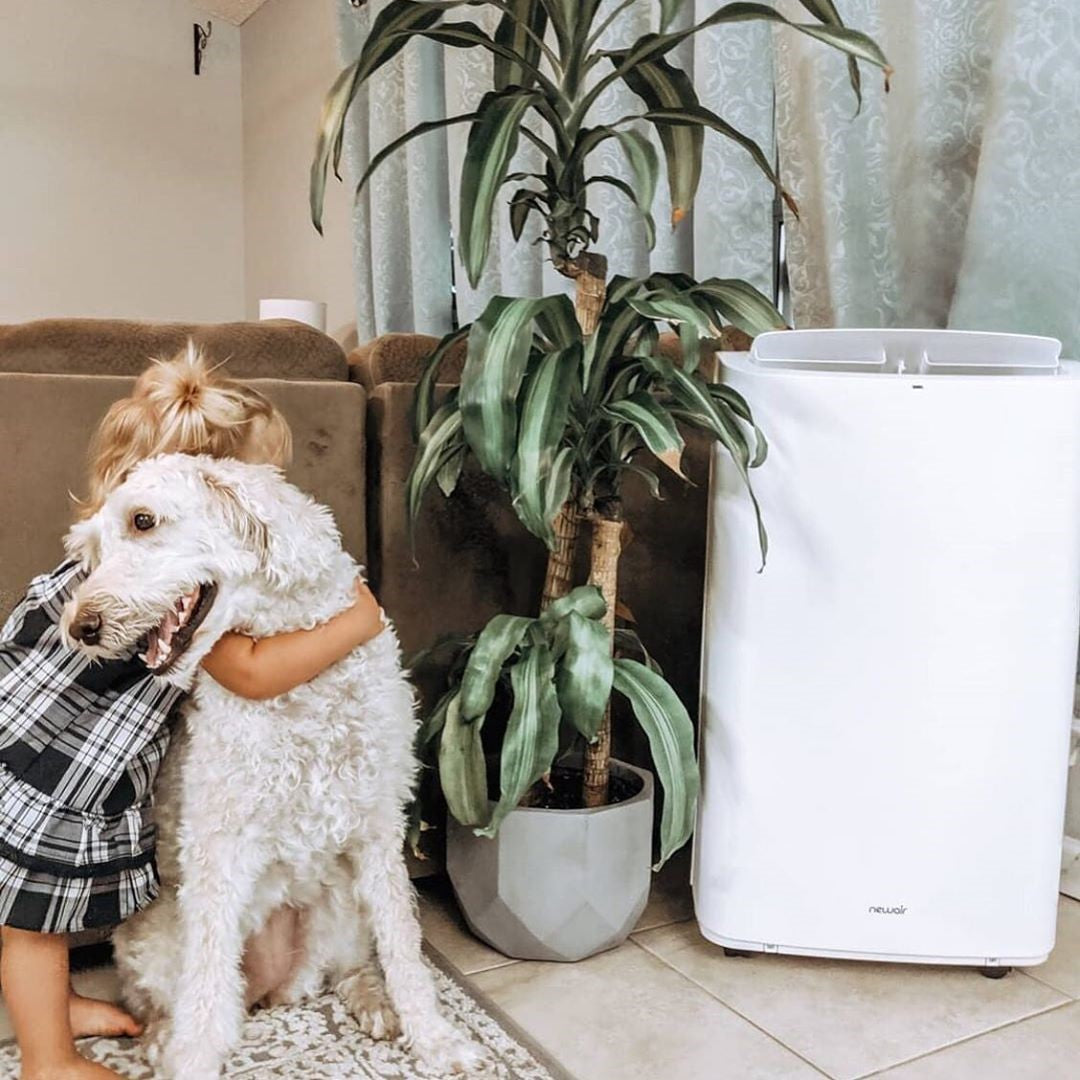
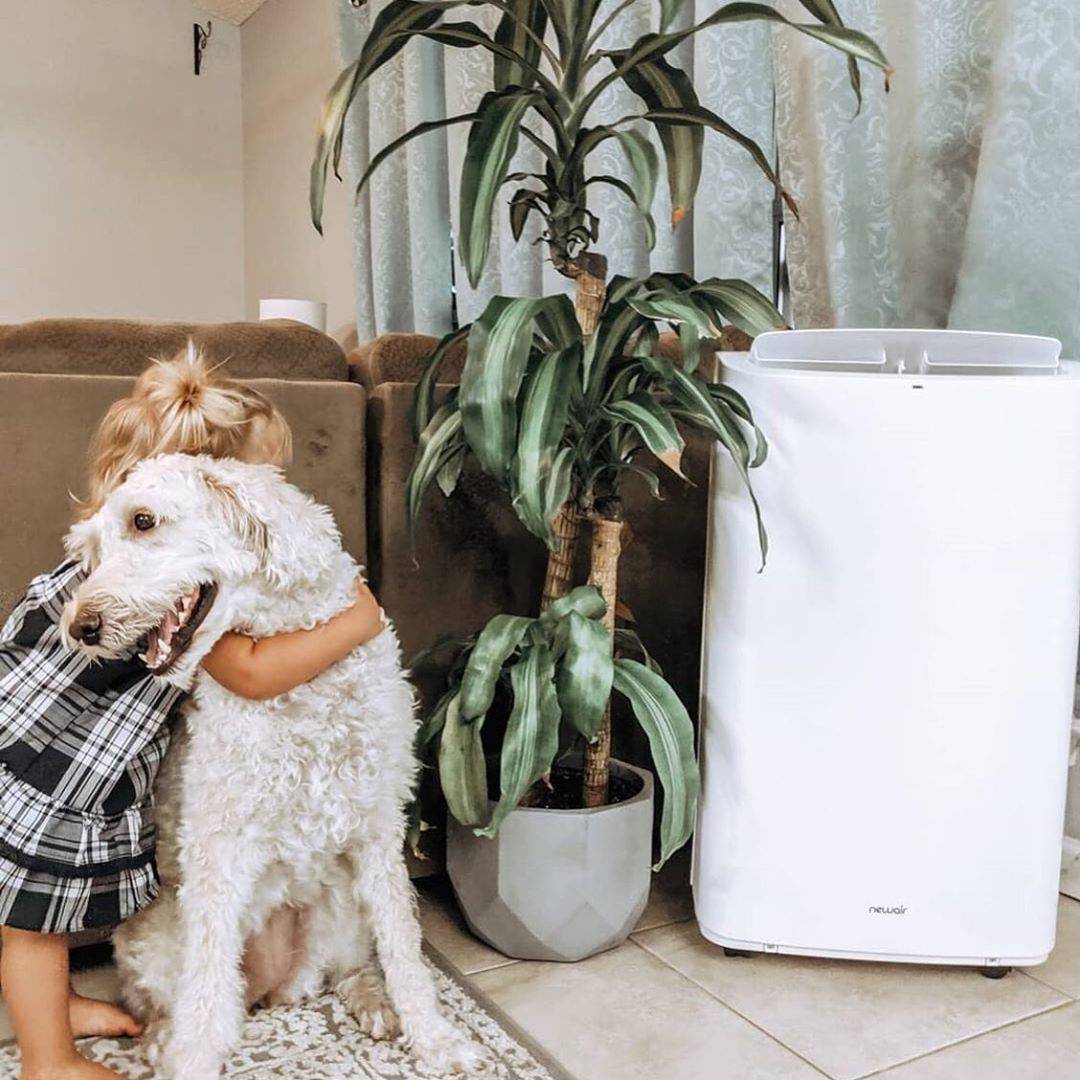
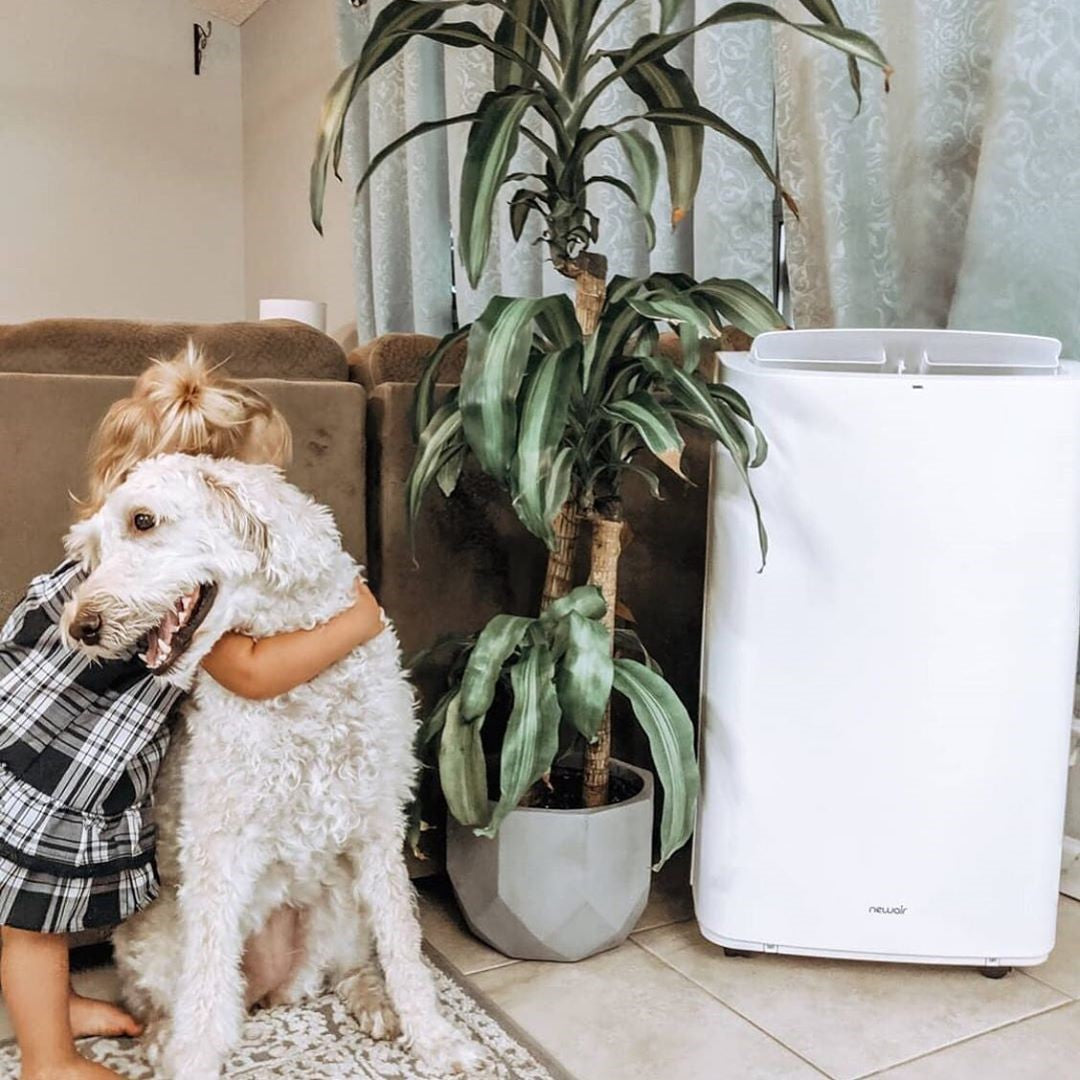
0 comments